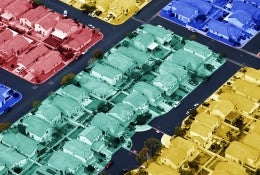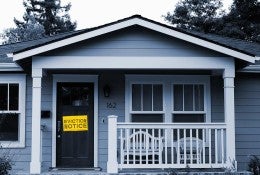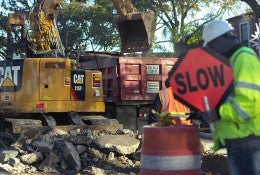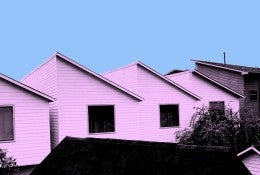Residential segregation rewards whites while punishing people of color
From 1980 to 2015, homes in white neighborhoods increased in value, on average, $194,000 more than in neighborhoods of color, according to new research. And the rate of the gap in assessed values of these comparable homes in comparable neighborhoods is getting larger over time.





